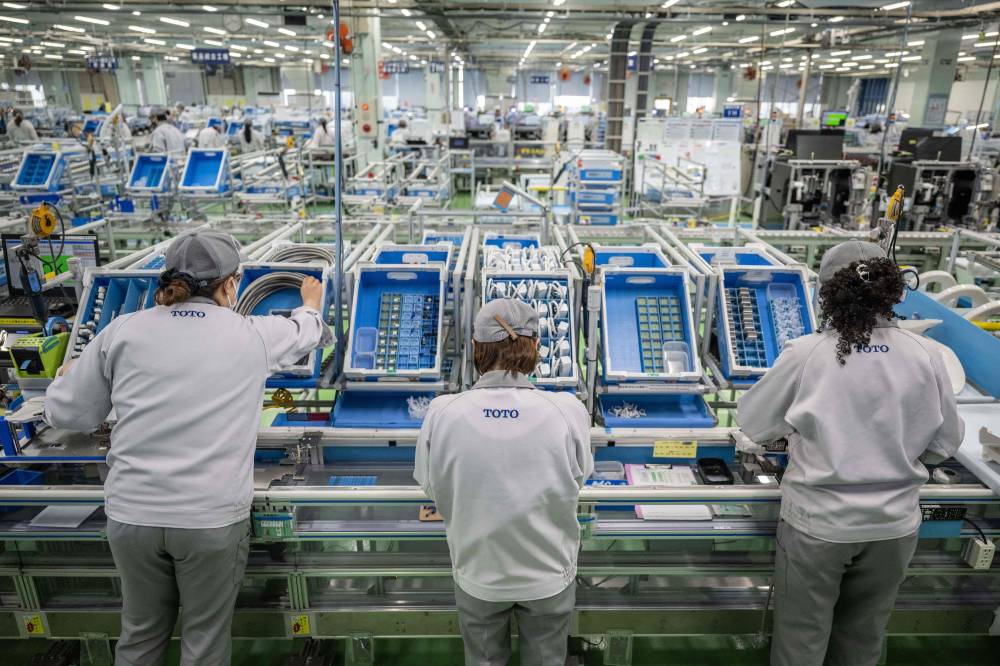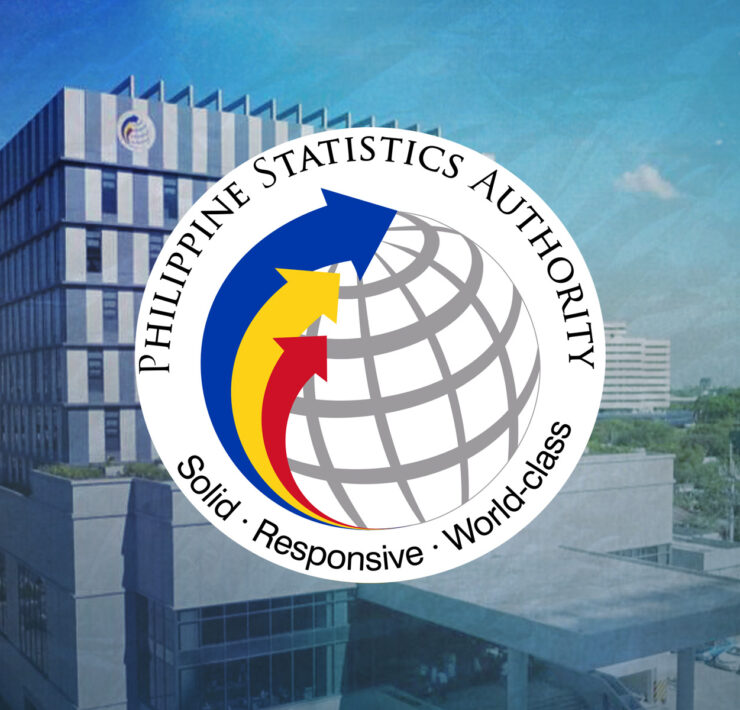PH manufacturing sector growth hit 2-yr high in Sept

The S&P Global Philippines Manufacturing Purchasing Managers’ Index (PMI), which measures the country’s manufacturing output, rose to 53.7 in September from the previous month’s 51.2.
The country’s PMI reading was also the fastest among six Association of Southeast Asian Nations (Asean) member-countries last month and faster than the Asean average of 50.5.
For the 13th month in a row, the index has settled above the 50 mark that separates growth from decline, reflecting significant progress in the Philippines manufacturing sector’s overall health.
A PMI reading above 50 suggests better operating conditions compared to the previous month, whereas a reading below 50 indicates a deterioration.
“The Filipino manufacturing sector showed a significant improvement at the end of the third quarter, as indicated by the latest PMI data,” S&P Global Market Intelligence economist Maryam Baluch said in a statement.
“Overall new orders increased at a much faster pace, despite demand for Filipino goods [taking] dropping notably in international markets. Consequently, manufacturers boosted production at a strong rate,”Baluch added.
According to the report, growth was driven by robust expansion in new orders and production. The seasonally adjusted indices showed the highest levels in 20 and 10 months, respectively. While reports from businesses indicated that demand is improving, they are gaining new clients, and have launched new products.
Despite this, local-made goods struggled in the international market as September saw a second consecutive monthly drop in new export orders, with the latest decline being the most significant in over four years.
“While weak international demand and supply chain issues will act as headwinds, robust domestic demand is expected to drive growth,” she said.
Employment in the sector saw modest growth, the strongest increase since March. However, this growth resulted in more unfinished work, creating a backlog for the first time since May 2023.
The S&P said that purchasing activity also went up to the highest level in 20 months. While some were used directly for production needs, companies also built up their inventories to prepare for future sales and be ready against potential supply chain issues.
However, the rise in inventories before production was only modest.
Looking ahead, S&P expressed optimism about the sector, noting that manufacturer confidence is at its highest level since May, even amid increasing inflationary pressures.
“Firms anticipate that demand trends will continue to improve, and thus should support further growth in production,” it said.





















